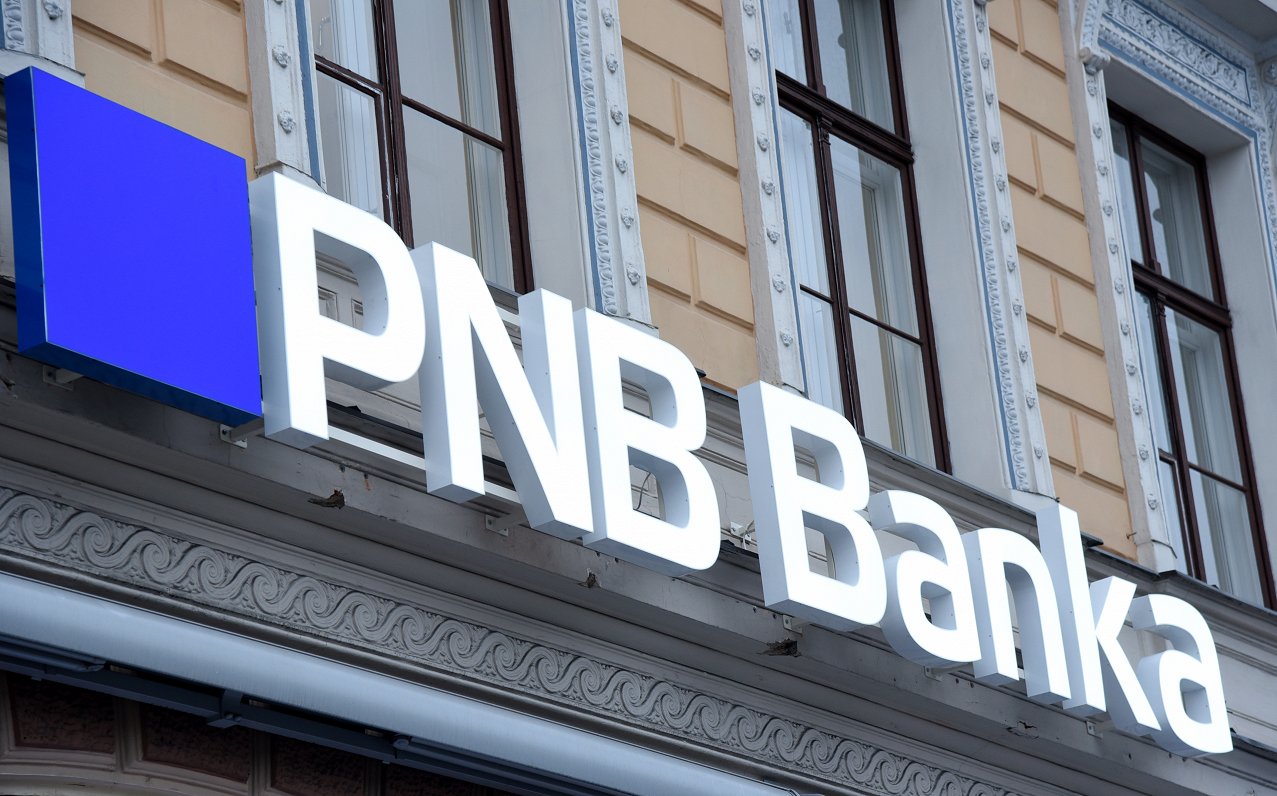
During a company’s lifetime, there are occasions when the management or the stakeholders feel the need to make changes to the board. Since the board, while formation is properly notified and registered with authorities, any suggested changes have to go through a process. While the basic principle is similar in all economies, some countries may have a few steps that differ from others.
Here we will discuss the process of change on board for European companies based out of Latvia.
The decision to make changes
Once the board has decided what changes to the composition of the board they intend to make, the decision shall only be taken during the meeting of the board members. The rights and representation of the new composition shall also be decided during the same meeting. Note that any changes to the composition will constitute a new board, even if only one member has been substituted. The new board shall decide the time period for which it is constituted, the purpose or objective for which it is constituted, or remain indefinite; as long as it is in accordance with the articles of association.
The new composition may be appointed during this meeting or notified to be appointed later; however, the selection shall be made during the meeting. In case the members are unable to reach a unanimous decision, a meeting at later date may be held to decide the same.
The Latvian Commercial Law allows each member to vote remotely in case physical presence is not possible. Such vote shall be cast before the commencement of the meeting. We will discuss further on remote voting later in this article.
Meeting minutes
The meeting held to make composition changes to the board has strategic importance. Thus, it has to be carefully noted by a professional appointed by the company. The meeting minutes gathered shall be signed by the chairperson of the meeting, the minute taker officer, and at least one elected member of the meeting. Furthermore, any corrections and confirmations in the meeting minutes shall be recorded in a separate document and signed in the manner in which the original document was signed.
In addition to the proper recording and signing of the document, the meeting minutes document must contain the below:
- Company name
- Number of participants in the meeting
- Location of meeting; date and time
- Size of the share capital subscribed by the company, paid-up fixed capital, and the voting capital
- Name of the participants, their share size, and voting rights
- Name and details of the chair, recording officer, and the selected member for the correctness of the protocols
- Agenda of the meeting
- The decision taken
- Record of votes cast in favor or against the decision
Important notes regarding the meeting
The Company Law states that the meeting composition change in the board can only be called to order if the participating members represent more than half of the share capital of the right to vote.
Once the meeting minute documents are found in compliance with the protocols, the same or its derivative shall be submitted to the Register of undertakings.
Registration form
The registration form required to be filled for the changes in the composition of the board is KR18. It must be filled in full and signed by the Management Board. In the case where the member has resigned him/herself, the application shall be signed by that member or by a member who remains in the office in their stead.
In some scenarios changes are made simultaneously to the composition of the members of the company as well as the governing board; in this case, the change must be mentioned in paragraph 2 of the application form and marked public.
Certification of signatures
The signed meeting minutes or the derivative thereof need to be submitted to the register of the undertaking. It is essential to certify the signatures on the minutes as well as the decision of the meeting.
The signatures are certified as follows:
- A sworn notary in the Orphan’s Court if the procuration is in favor of a person who is a citizen of Latvia. For non-citizens, a sworn notary declares the place of residence.
- In case the documents are being submitted online, an E-signature with a time stamp shall be provided. Whereas if the document is supposed to be signed by more than one person, it may be electronically provided, only when all participants have an e-signature.
The state fees
Before submission of the meeting minutes and the decision of the meeting, the state fee must be paid in full. Registration can only be made after the Enterprise Register acknowledges that the state fee has been credited to the Treasury account.
The state fee is EUR 20 for a single change and EUR 40 for 2 or more changes.







